ANJALI DALAL-WHELAN / NEWS EDITOR
USD students are well aware of the high cost that comes with living in San Diego, but students will soon encounter a new cost: increased tuition. Next year, USD’s tuition will cost $2,730 more than it did this year, according to the website www.sandiego.edu/one-stop/tuition-and-fees/undergraduate.php. With housing and meal plan costs also rising, the total price students pay to attend USD could go up by $3,632 depending on the meal plan and housing style students choose. This number does not include the additional cost of $150 a semester that will be created when the new Wellness Center fee kicks in, which will likely be next spring semester.
Many USD students were not happy to hear about the tuition increase. USD junior Emma Rafael expressed her emotions on the topic.
“I think that’s bulls**t,” Rafael said. “They definitely don’t need to raise the tuition, because it’s already so expensive, [the University has] more than enough money to do everything [they] could want to if [they] could just reallocate it to the proper places.”
USD junior Larissa Weiss shared similar sentiments about where students’ tuition money goes.
“It just seems like they aren’t budgeting our tuition well, and instead of fixing that, they just want to raise it more. That’s crazy,” Weiss said.
At an Associate Student Government (ASG) senate meeting on April 11, USD Assistant Vice President for Budget and Planning Marie Davis presented information on USD’s finances to ASG. Davis explained USD’s budget for the nearly complete 2023-2024 academic year.
In her presentation to ASG, Davis acknowledged the tuition increase next year, but explained that USD is competitively priced in comparison to its peer schools.
“We have tried to be very thoughtful with holding those increases as low as possible, while still remaining competitive against our peers and accounting for those inflation measures that we are talking about in terms of cost of living, food and cost of labor,” Davis said.
Peer universities were identified by Davis as universities that many USD students also apply to. The tuition and fees (not including housing and meal plan) costs for the 2024-25 academic year vary between the peer institutions. According to each school’s website, Notre Dame University charges around $65,000, University of Southern California costs over $71,000 and Pepperdine University costs around $70,000. With the total cost of USD’s tuition and fees coming to $59,486 for the 2024-25 academic year, according to the website www.sandiego.edu/one-stop/tuition-and-fees/undergraduate.php. USD’s tuition is lower than some comparable schools. These schools were identified by Davis’ presentation as comparable schools.
According to Davis’s presentation, this year, USD’s budget revenue was $512.8 million. 86% of USD’s revenue comes from Academic Affairs — which means students’ tuition and fees.
“We are a very tuition-dependent university when it comes to funding our operating department,” Davis explained.
11% of USD’s revenue comes from Auxiliary Services, which includes facilities, parking, dining, hospitality and housing. These services are self-sustaining and make a profit that goes back to the school. The other 3% is from miscellaneous revenue sources such as ticket sales.
Davis continued to explain that this year, USD’s budgeted gross expenditures were also $512.8 million. The largest part of USD’s budget, 50% of it, goes toward salaries and benefits, 28% of the budget is allocated to Financial Aid and 16% is allocated to non-labor operating expenses, which includes faculty professional development and supplies for classrooms, labs and restrooms. 5% goes to fixed expenses which includes building maintenance, and to pay the interest for the university’s debt. 1% of the budget supports equipment across campus.
This year, the budget was created so expenditures and revenue were equal. However, in actuality, there is usually a difference between the numbers. Looking at the past two reported years, 2022 and 2023, can show how USD usually makes or loses money each year. A net operating income is the amount a company or organization makes after expenses are subtracted from revenue.
USD’s net operating income can be positive or negative, depending on the year. Katy Roig, USD’s Vice President for Finance and Chief Financial Officer provided additional context on net operating income. These numbers do not include the money given by USD’s donors, because as Roig explained, donors can restrict where their money should be allocated, which is called donor restrictions. Roig explained the changes in the University’s assets, based on how much income USD made in the past few financial years (FY).
“For FY 2022, the increase in net assets from operations without donor restrictions was $6.1 million; for FY2023, the decrease in net assets from operations without donor restrictions was -$8.7 million,” Roig said.
This means that in FY 2022 USD made $6.1 million, but in FY 2023, there was a decrease of $8.7 million in net assets.
Roig explained where the money is directed when the University does make an income.
“When the University has a net increase in unrestricted net assets from operations, those resources are directed toward investment in academic priorities, capital projects or other one-time strategic initiatives,” Roig said.
Capital projects can consist of building or improving facilities. strategic initiatives are projects created by the school, such as USD’s “Recruiting and Retaining a Diverse Staff and Administration” plan.
Most USD students don’t pay the “sticker price” for tuition. According to USD’s website, over 78% of undergraduates receive some financial help. This includes need-based financial aid and scholarships.

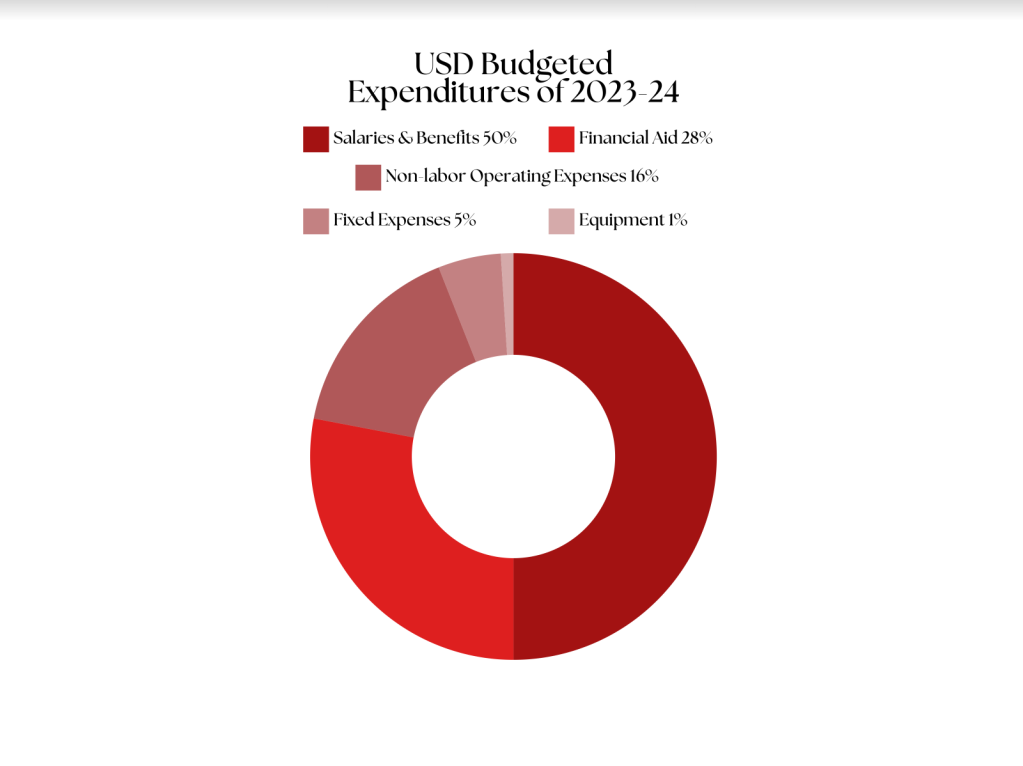
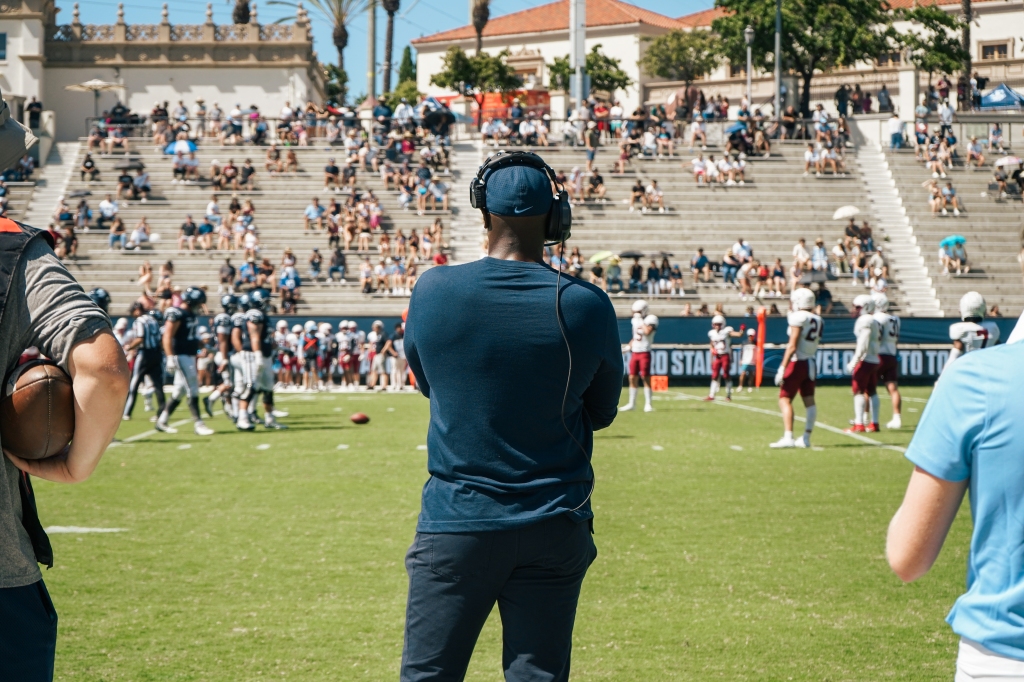
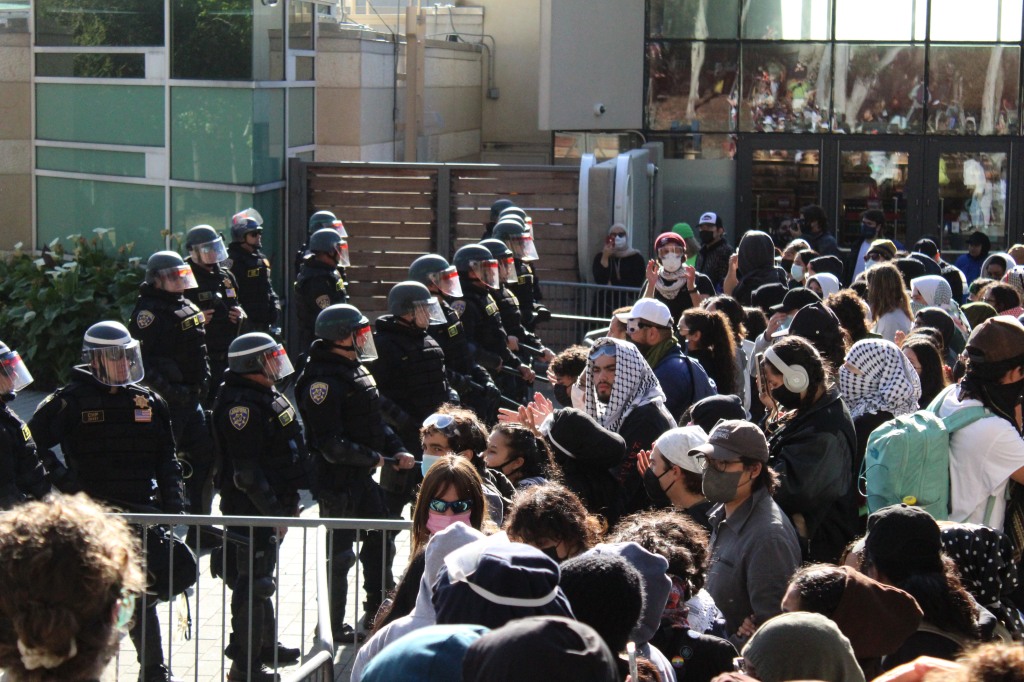
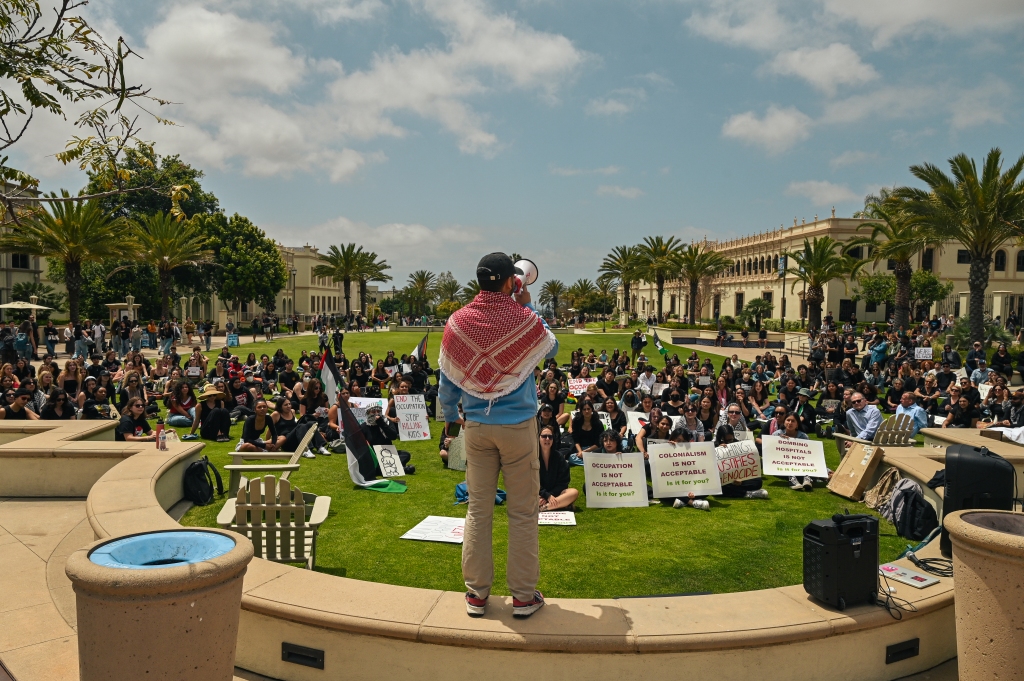
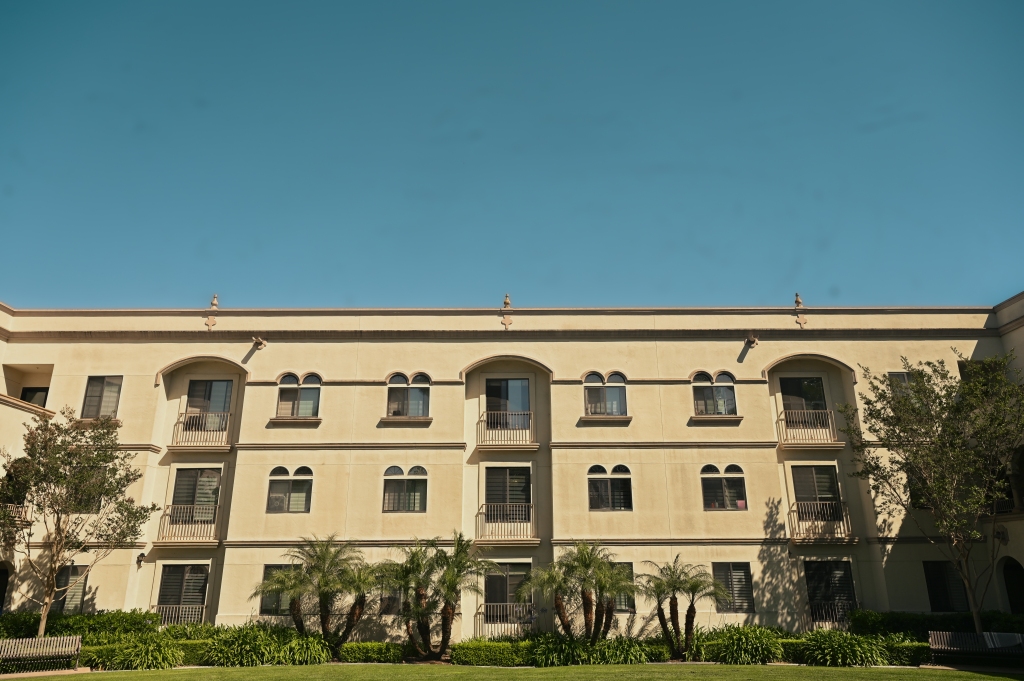
Leave a comment